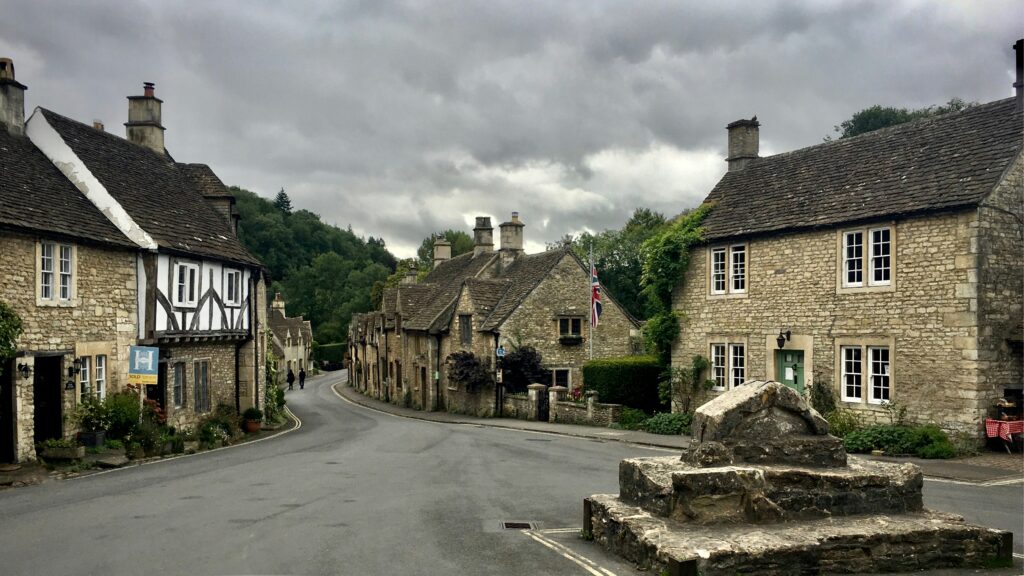If you own an older property, chances are you’ve come face-to-face with a few classic old house plumbing problems.
Dripping taps, low water pressure, strange smells, and mystery leaks — they might seem small at first, but left unchecked, they can spiral into serious (and seriously expensive) issues.
In this post, we’ll break down the most common plumbing problems in older homes, why they happen, and what to do before things go from quirky to catastrophic.
Why Do Old Houses Have So Many Plumbing Issues?
When it comes to plumbing, older homes aren’t just a few years behind — they’re playing a completely different game.
Back in the day, materials like lead, galvanised steel, and polybutylene were standard. Now? We know they’re prone to corrosion, contamination, and flat-out failure. Add in decades of wear, potential DIY disasters, and zero insulation, and you’ve got a recipe for regular call-outs and recurring costs.
Old house plumbing doesn’t just look different — it behaves differently too. Water pressure might be weaker, drainage slower, and any “quick fix” from a previous owner could be masking a much bigger problem.

7 Common Old House Plumbing Problems (and How to Fix Them)
1. Leaky or Corroded Pipes
Old pipes = old problems. Galvanised steel and lead pipes, often found in homes built pre-70s, break down over time. The result? Leaks, rust-coloured water, and a plumbing system hanging on by a thread.
Fix it: Don’t just patch leaks — get a full inspection. Replacing outdated pipework with copper or PEX piping is a long-term win.
2. Low Water Pressure
If your shower feels more like a drizzle than a downpour, blame mineral build-up or narrowed pipes. It’s a classic in older homes and can point to bigger blockages or corrosion.
Fix it: A plumber can diagnose whether it’s a local issue (like a clogged aerator) or a sign your system needs serious TLC.
3. Clogged or Slow Drains
Years of grease, soap scum, and god-knows-what lurking in the pipes leads to sluggish drainage.
Fix it: Professional drain cleaning and regular maintenance. No, a bottle of shop-bought drain cleaner won’t cut it.
4. Outdated Fixtures
From taps that drip endlessly to toilets that flush like they’re in slow-mo, old fittings can be inefficient and water-wasting.
Fix it: Upgrade your fixtures. Modern versions are more efficient, eco-friendly, and way less prone to throwing tantrums.
5. Sewer Line Issues
Tree roots, cracks, collapsed lines — your sewer might be silently suffering. The warning signs? Foul smells, constant clogs, or gurgling drains.
Fix it: A drain camera inspection is your best mate here. If there’s damage, trenchless repair methods can sort it without digging up your entire garden.
6. Pipe Bellies and Sags
Over time, soil shifts under the house can cause pipes to dip or “belly”, leading to water pooling inside — and eventually, blockages.
Fix it: This one’s not a DIY job. You’ll need a plumber to assess whether the section needs re-routing, relining, or replacing.
7. Past DIY Disasters
Let’s be honest — not everyone should be allowed near a wrench. Unregulated, unqualified repairs are a common curse in old homes.
Fix it: If your plumbing setup looks like something out of a horror film, book a full audit. Better to fix it now than discover the mess when it’s too late.
Signs Your Old House Plumbing Needs Attention (Like, Yesterday)
You don’t need to wait for a full-blown flood to know something’s wrong. Here are the biggest red flags your plumbing system is waving — and none of them should be ignored:
- Brown or discoloured water is usually a sign of rust or corrosion in your pipes. Not a vibe.
- Unexplained rise in water bills. A hidden leak might be draining your bank account and your walls.
- Persistent damp, mould or musty smells. Damp patches on walls, ceilings, or floors? Your pipes could be crying for help.
- Slow or gurgling drains could point to a bigger blockage or collapsing sewer line.
- Rattling or banging noises in the walls is usually a sign of pressure or valve issues.
- Drop in water pressure
If you’re noticing any of the above, it’s time to stop ignoring it and call in the pros.
DIY or Dial the Plumber?
Here’s When to Call in Backup
We get it — a bit of DIY can save cash. But when it comes to old house plumbing, guessing your way through repairs is basically inviting chaos.
You can DIY:
- Changing tap washers or shower heads
- Unclogging a drain with a plunger
- Bleeding radiators or repressurising a combi boiler (if you know what you’re doing)
But you should definitely call a pro when:
- There’s consistent low water pressure across the whole house
- You suspect a hidden leak (walls/floors starting to stain or bubble)
- Your drains keep backing up, even after you’ve “fixed” them
- You’ve got an old system with lead or steel pipes
- You’ve inherited a home with a plumbing setup that looks like a spaghetti junction
With old plumbing, problems run deep. A professional plumber won’t just treat the symptom — they’ll find the cause and sort it properly. And in older homes, that’s the difference between a quick fix and a money pit.
Need Help With Your Old House Plumbing Problems?
Old homes are full of charm — but their plumbing? Not so much. From outdated pipework to mystery leaks, old house plumbing problems can go from minor inconvenience to major disaster if they’re left unchecked.
The good news? With regular inspections, the right upgrades, and a bit of expert help, you can keep your plumbing in great shape without compromising the character of your home.
If you’re based in Lincolnshire or Cambridgeshire and your pipes are giving you grief, get in touch with our team. We’ll take a look, talk you through your options, and help you future-proof your plumbing

